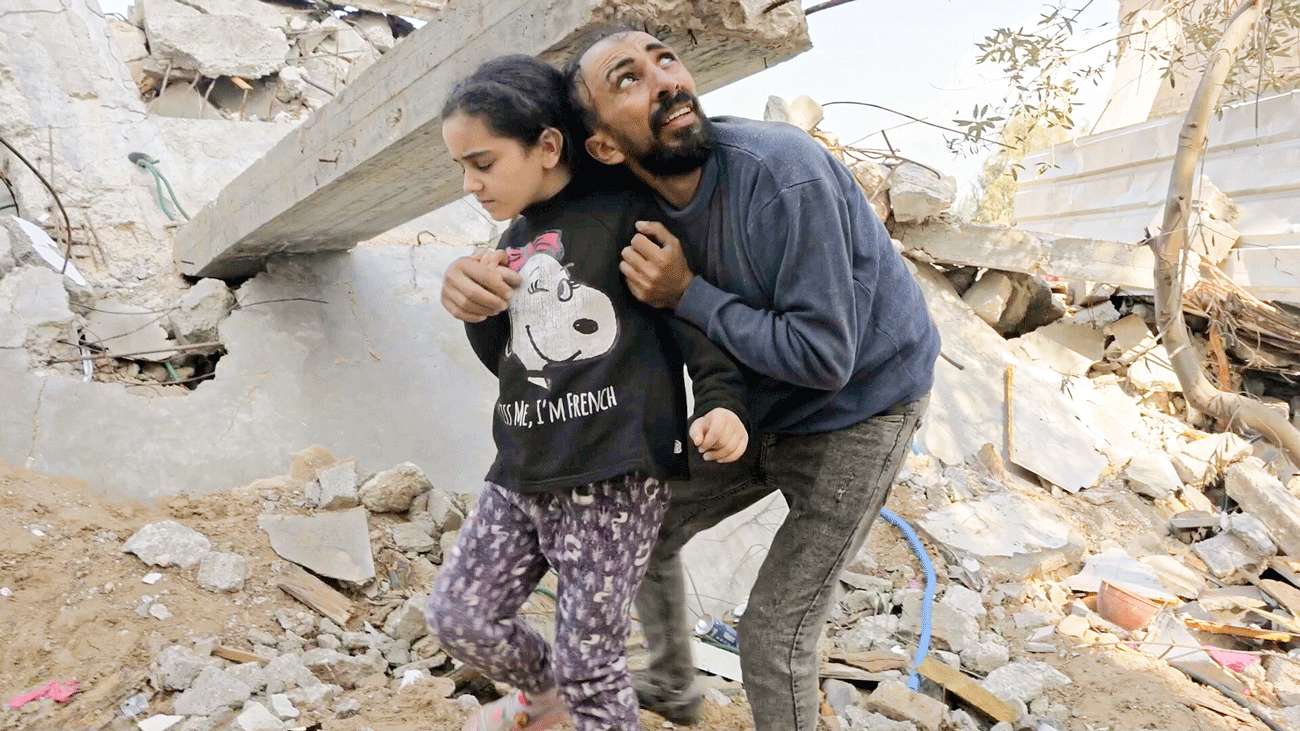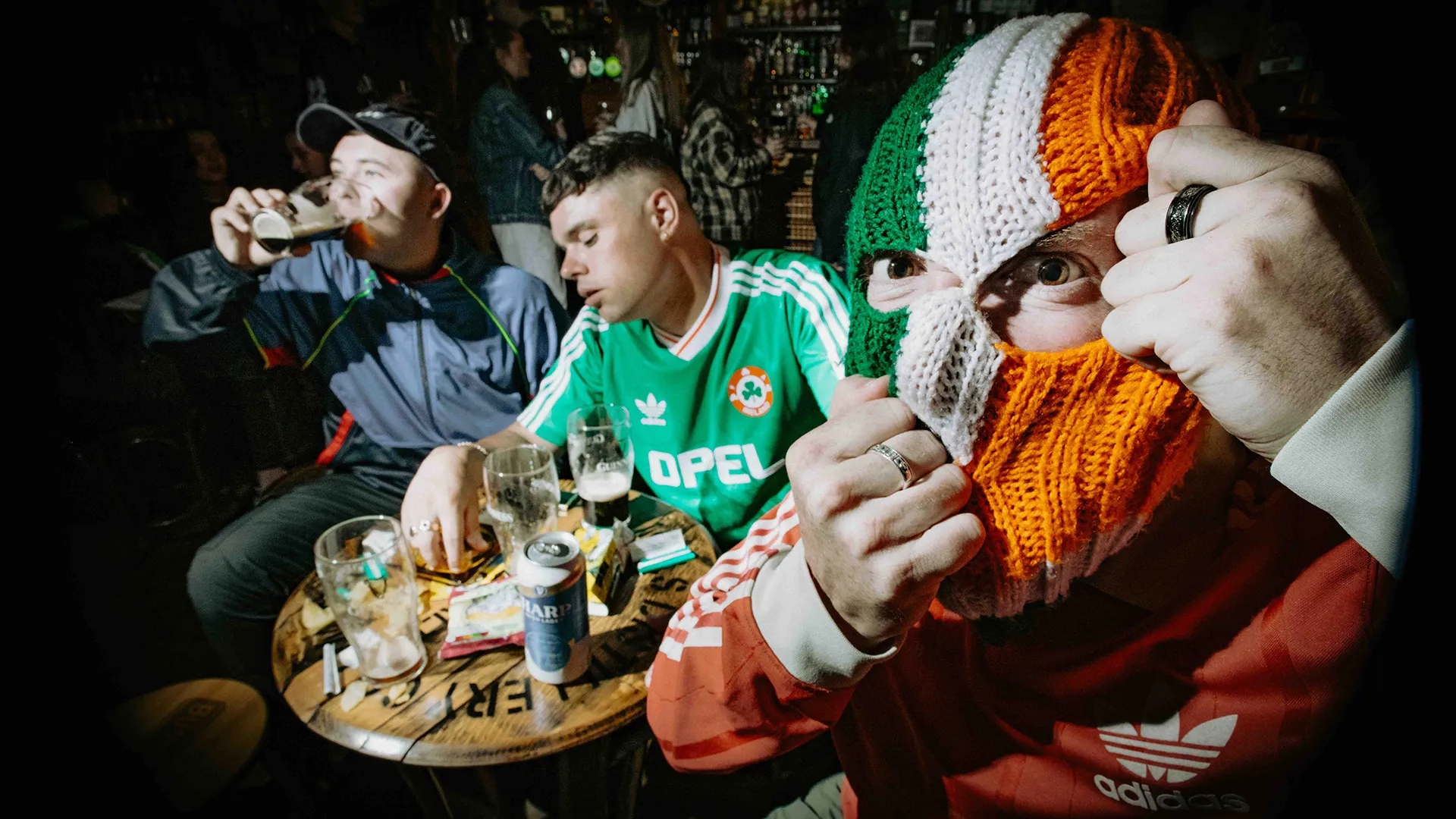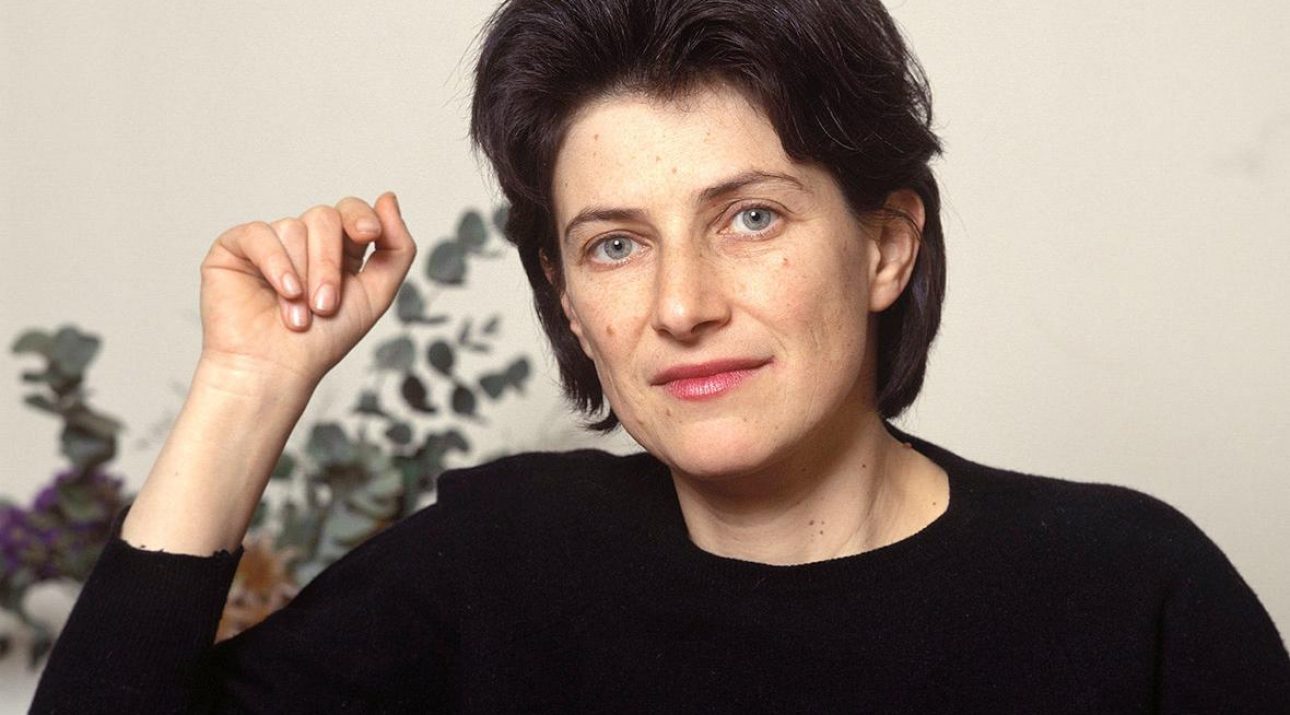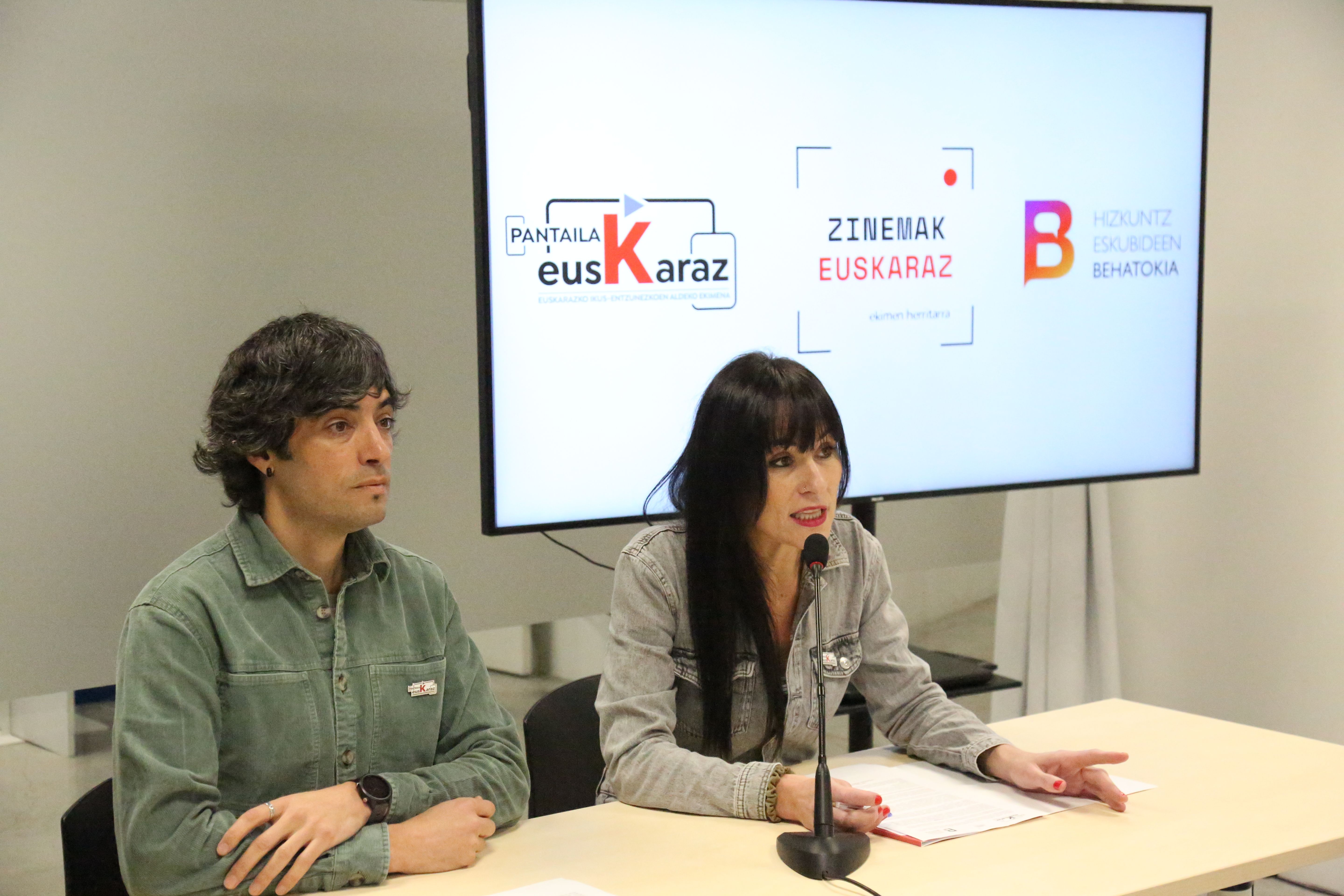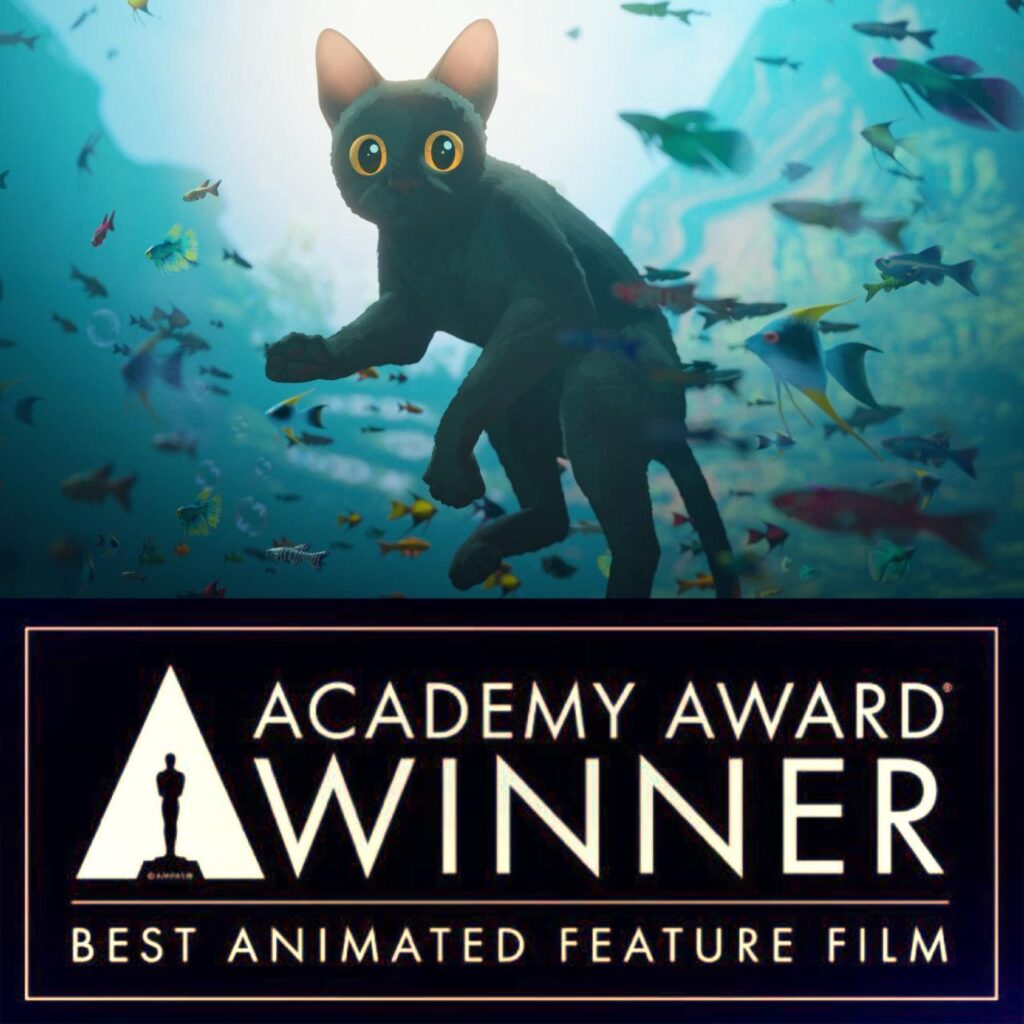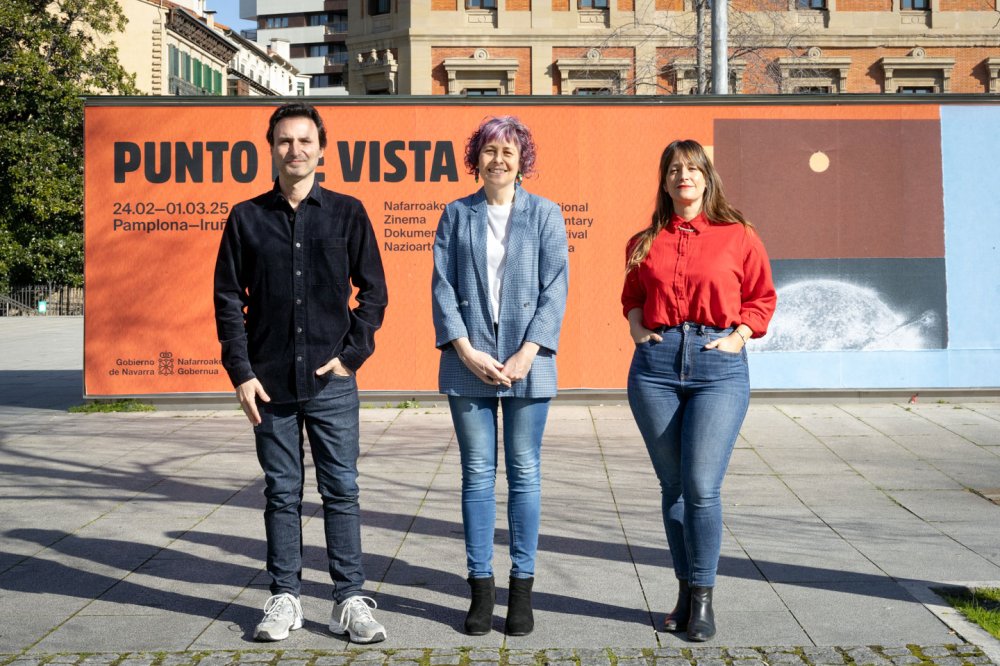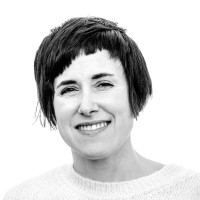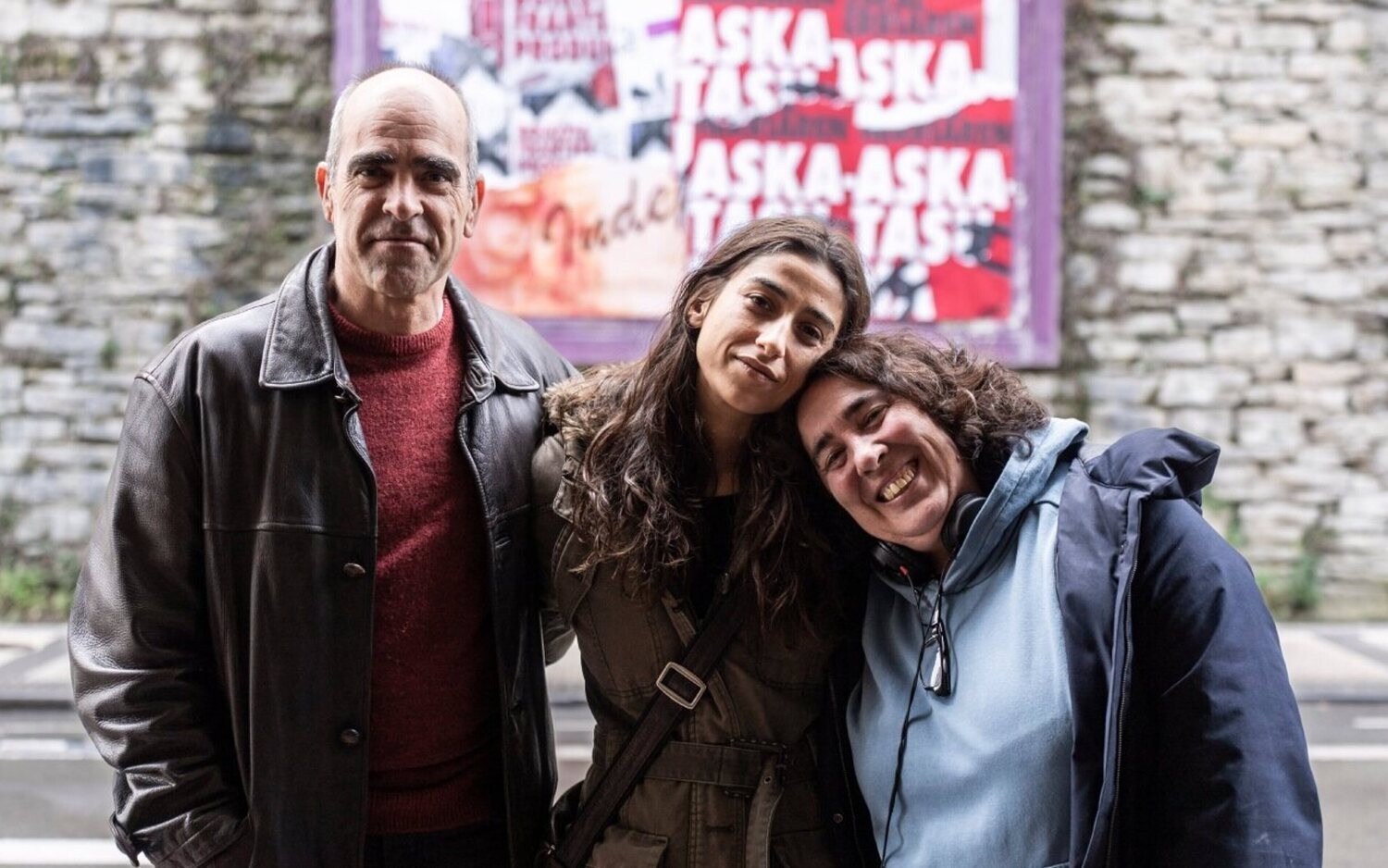“There are no limits for us and this is how it should have been premiered: without limits”
Since Wednesday in the North Basque Country, and since Friday in the South Basque Country, very few films are released in cinemas. That's what Faisai Island will do this week. Because fiction is the limits, says the director Asier Urbieta (Errenteria, 1979): they do not exist, we humans have invented them. “But they have very tragic consequences.” Yes, of course, the Bidasoa. In recent years, at least nine people have died trying to get through it. The film tells a fictional story with a lot of reality.

As in the suffocation, we made an appointment with director Asier Urbieta when the preview here and there, an indicator that the film will move, arrived by plane from Madrid and landed in the center of Bilbao, on Wednesday morning, after the press pass. We've sat in an empty room where no one usually wants to sit in the front row. At the end of the conversation he confesses that he has taken it with appreciation to speak on the subject in this way, calmly.
Laida (Jone Laspiur) and Sambou (Sambou Diaby) are a young couple living in Hendaye. They are both born in Irún, where they do most of their daily life, where they have friends, the factory... They are in control of the gendarmes, so many times a day. It goes without saying who the cops have left more times than the other. But the question, the main thread of the film, goes more from the other than that: As they walk along the riverbank of the Irun area, they hear and see two migrants begging for help in the middle of the river, about to drown. Laida will jump to help; Sambou will not.
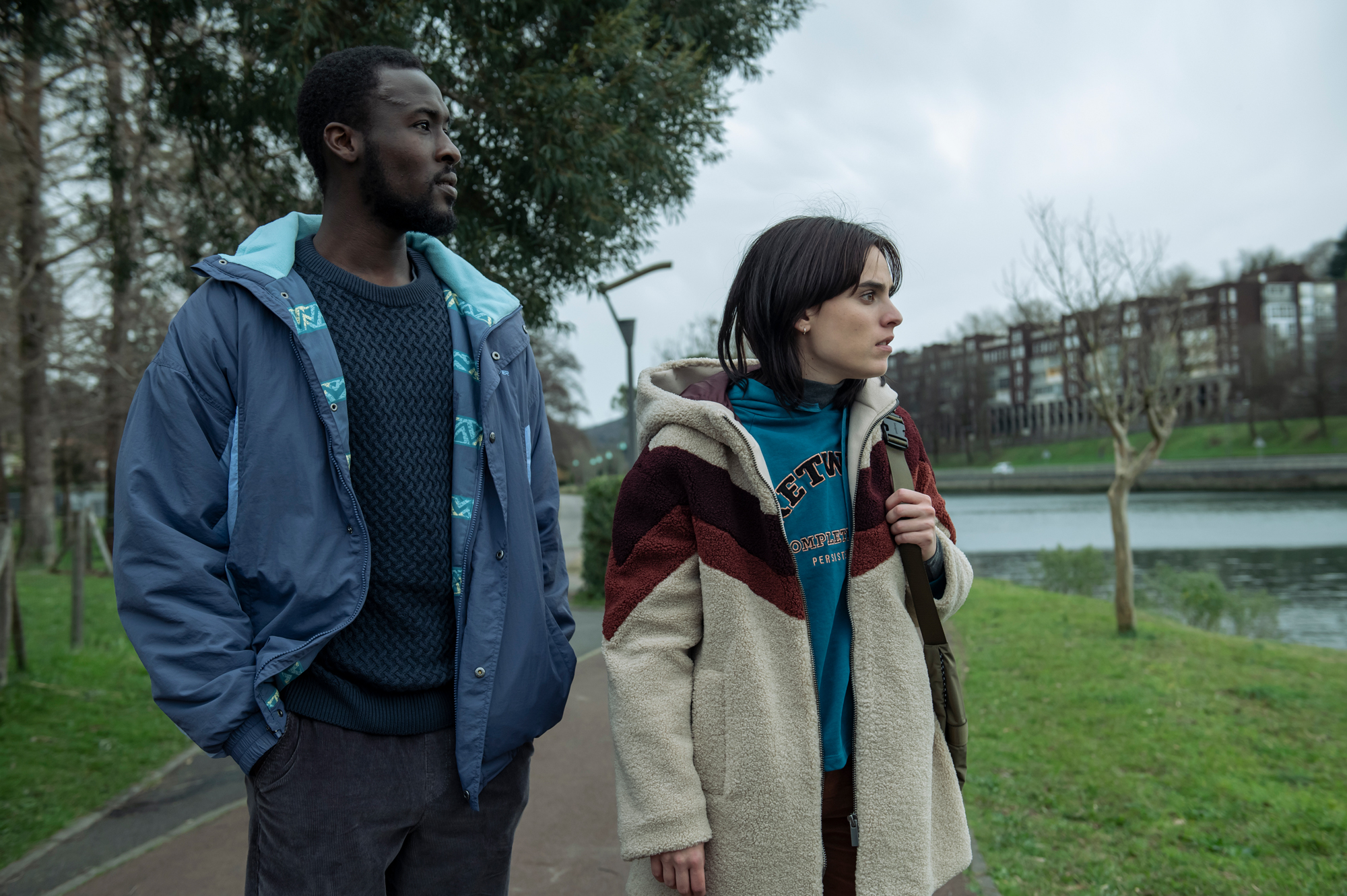
I’m sure you’d give it a lot of laps: would you jump?
Actually, I don't know. It’s a real fact, as I read: on a Sunday morning, some cyclists were walking by the river and two people were found asking for help because they were drowning. One was thrown into the river, the other was not. I knew I wanted to get that into the movie. Andoni [De Carlos; they’ve both been working on the script] and I have tried to find the answer to that, and wow, it’s very difficult. In the end, when you find reality tucking in front of your eyes, the unconscious dictates, and I often think, that you abandon ideals and principles. It must be hard to live with it.
For me, the most difficult of the two main characters is Sambou. Because he does what he shouldn't do. Laida, on the other hand, does what should be done, and will remain there with her ideas, her passion for changing the world... But Sambou will have a lot of work to do with himself, responding to this “why didn’t I throw myself out?”
The film is brutal.
Yes, it is... The reality is raw. For us, for example, the writing process has been very crude. We started in 2021 when we found out that the first person had died. I read in the paper that a black person committed suicide in front of the Bidasoa River. Apparently, this person had previously managed to cross the river. Two times, by the way. He was captured and returned to France. Totally illegal, you have to say. He was psychologically sunk and hanged himself in front of the river.
"We are immunized with so much news and so much death in so many places"
Reading that, we started thinking about the script for the film, we started writing, and nine other people died in the meantime. Six of them drowned, and the other three were trapped by the train. It was in front of the dungeons as they were on their way to Bayonne. It’s very powerful, because that’s the reality. Fiction transcends reality.
When you were working on the recording, you saw it with your own eyes.
Some of us were more familiar with what is happening in Bidasoa, but many of the teams that have been working with us did not know it and have made an impact on them. The Reception Network of Irun has helped us to give context to everything. We have seen many young migrants in bad shape, lost, not knowing where they are, not even knowing that there is a limit. They come from Africa, cross the desert, etc., pass the Mediterranean like this, enter Europe and meet this invisible and inhuman border. On the bridge, when the real gendarme patrol was relegated to place our fictitious patrol, we have seen with our own eyes people making attempts to cross the border... Also taking people back to Irun. It is very violent to see how the police leave them in Behobia, without saying anything, thrown away. They don't even do it with the official police car.
This last detail is evident in the film...
We try to be as close to reality as possible.
The film has a lot of interesting details. As for the music selected, I remember several planes in which the trains appear...
The reality is so rich and gives so much... We’ve spent two years writing, which isn’t so much, but we’ve taken enough time.
As you mentioned music: I’m very fond of the Nakar music group, I especially liked the song I put on, that part of the lyrics is just related to the story, and Jone [Laspiur; who embodies the protagonist Laida] is a local singer... Then you also hear the song River of the Ordorica Ruper, which also has to do with it, and the lyrics are huge. We have also included the song Iñaki by the band Zarama, how far away is Cameroon. In this regard, when we were writing the script, we saw a tweet suggesting that the song was racist... We said we'd put it in the movie.
The actor Sambou himself has his own in life: he is Basque, of Senegalese origin, and has identity problems. When he goes to Africa he is called “white” and here, on the street, he is often not spoken in Basque, or his name is not pronounced well. That’s why we thought it would be interesting to change the name of Sambou in the film [sometimes a friend calls him “Iñaki”].
You mentioned identity problems, and I remember that this is also reflected in the film Greenbook. The protagonist says: “For black people I’m not black, but for white people I’m black, and I’m not a whole man either, because I’m gay.”
Look, the truth! I didn't remember! I'm sure it was in the unconscious... something I would have taken from there!
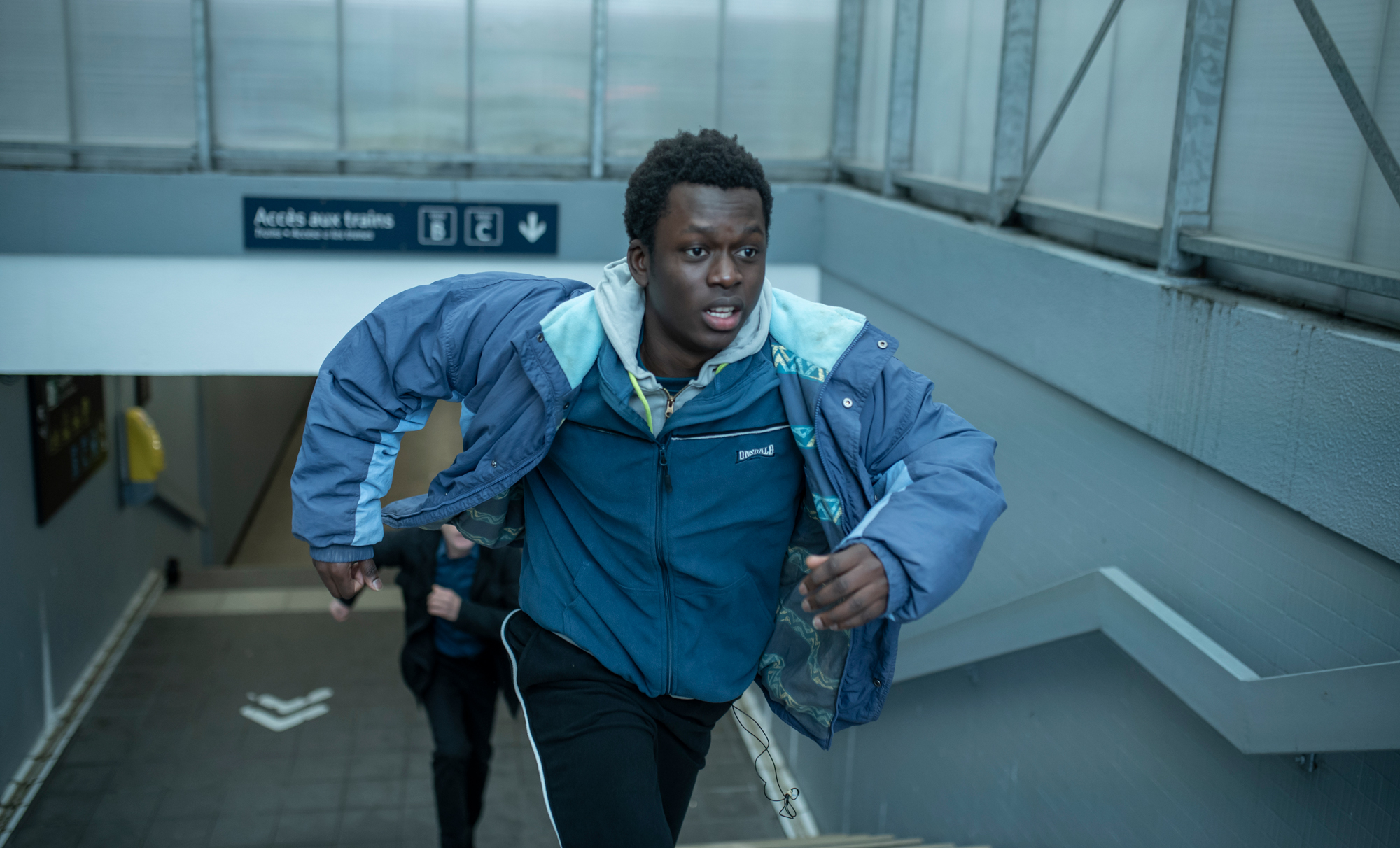
The premiere of the Isle of the Pheasants comes just after Miñán, whose protagonist is Sambou Diady. For a long time the theatres have not been as crowded. The public seems to appreciate this kind of work, does it?
They are very special and necessary. And it can be seen that, although little by little, since the processes of these works are slow, we are also telling what is happening from the creation. The book of Sueños Arzallús and Ibrahima Balde, a theatrical work later directed by Ander Lipús, the documentary by Fermín Muguruza, we film... They have all been very well received and I think it is very important to socialize, because the media has told it, not in the big headlines, but it has been told. The fact is that we are immunized with so many news and so many deaths in many places, such as Gaza, and with migration in Mexico, the borders in Germany have been closed, how the Mediterranean is, Father Mari... But it doesn't seem to get to the bottom. Therefore, these creations are good because there is another way to reach people.
Miñán was also recommended by the late pope.
Yeah, yeah, yeah!
The focus is mostly on the Mediterranean. Less in Bidasoa, and not to mention, as narrated in Miñán, in all this odyssey of the desert.
It's true, that doesn't count. The focus is not here. The data, however, are large. The other day I read to the people of Irun: Since 2018, 60,000 people have passed through the reception network. Nearly 10,000 years. It's a horror. And those who will not be counted, because many will also pass indirectly.
The focus should be here, too.
I think so. Irun is also doing a tremendous job. Also in Lapurdi: There is a pause group in Bayonne, it is in Urrugne with Bidasoa Immigrants... A lot of people are helping. People are very involved in this area, I felt that way. We have made previews in Bayonne, Saint-Jean-de-Luz, Urruña... and we have received a very warm reception. Probably because people live nearby. They have a very present subject and not so much below Irún. That caught my attention.
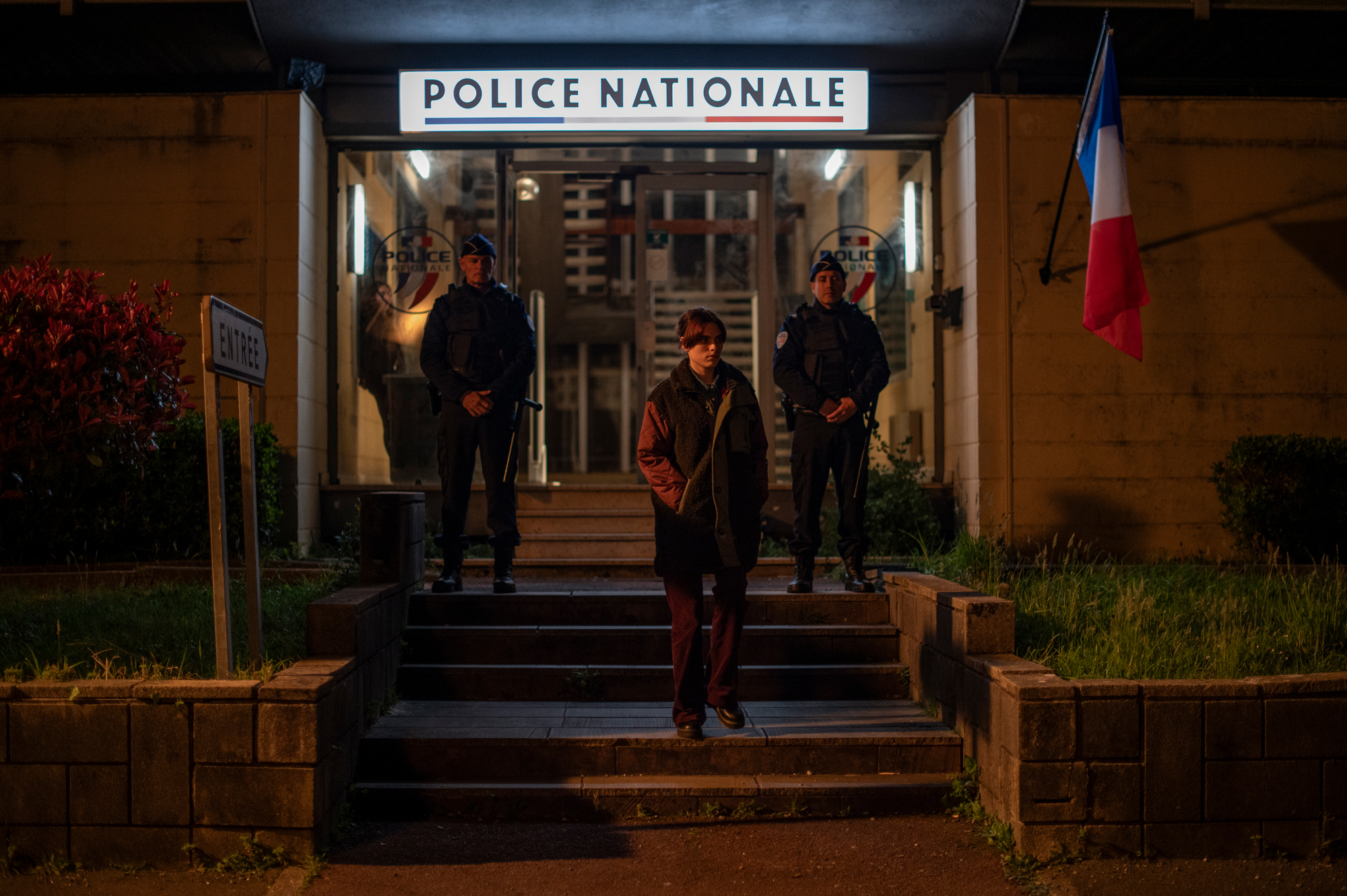
You put the boundaries as "imaginary lines" in the film's initial lettering.
They're fiction, they don't exist. We invented them. But of course, they have very tragic consequences. We would like to see these limits removed.
In addition to migration, and speaking of borders, coming to the title, we need to talk about the island of the Pheasants between Irun and Hendaye. This also seems fictitious... For six months it belongs to the French States and for another six months it belongs to Spain. In turn. In turn. And it's always from the Basque Country. There is nothing there but a monument.
There is no pheasant, no one lives... It was for us, apart from being a real place, the clearest metaphor of the film. Perhaps there is a more absurd place than this island.
However, when a dead person appears, it does not belong to anyone.
And they have happened, there are real cases. No one wants to take responsibility. The Bidasoa River is also divided by the border, so who can tell where the deceased has appeared... It's all very absurd.
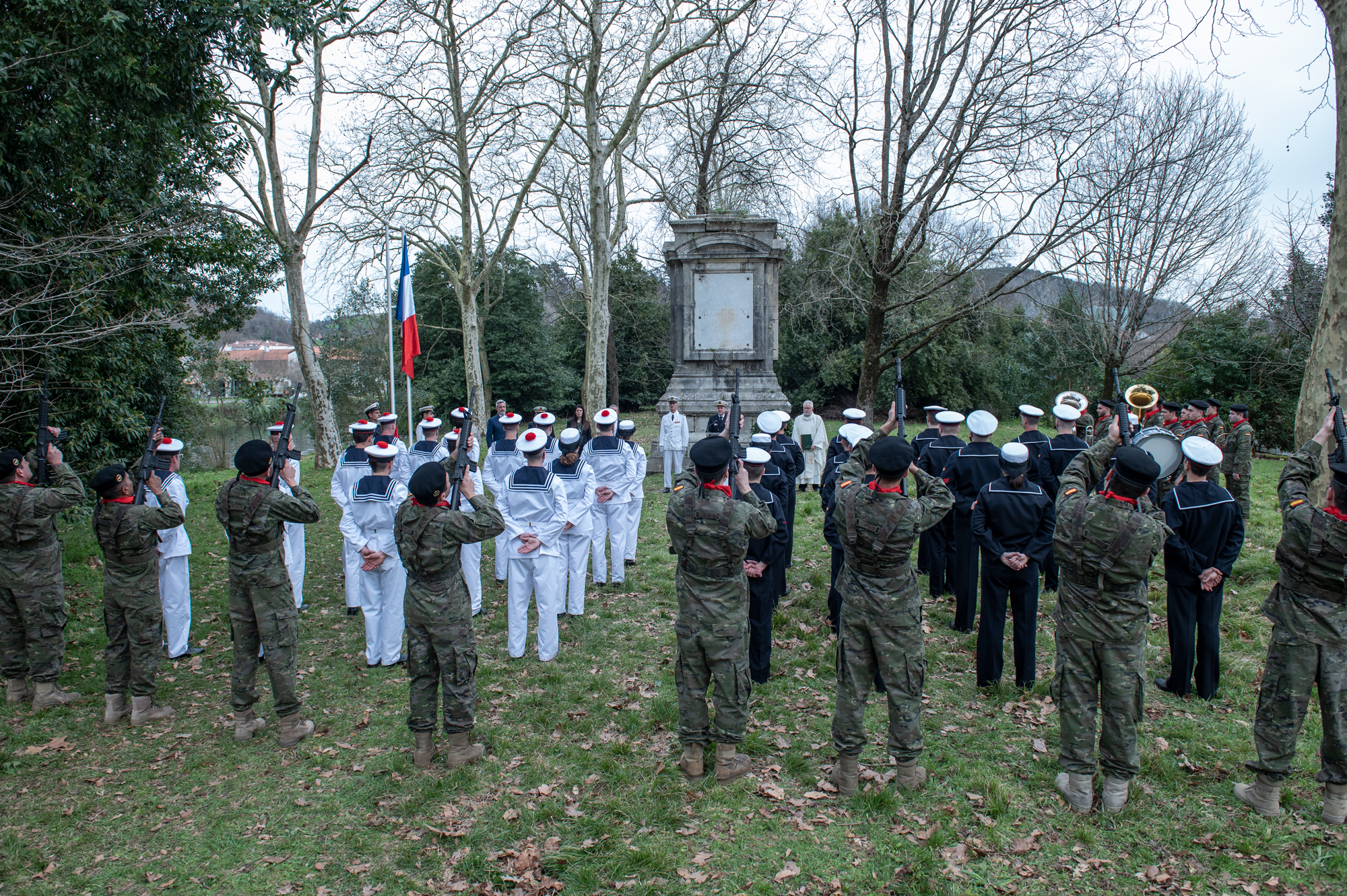
You have been at foreign film festivals presenting the film. Surely more than one has been lost in the administrative lands.
At the festival in Göteborg, Sweden, I remember that they were struck by the fact that they did not know very well where the film is located. Because the protagonists speak Basque, but also French, and this island belongs to two states, Spain and France, but it can be seen that there is no character in the film that feels Spanish or French... The reality we have is very difficult for an outsider to understand. It is very naturalized. What is normal for us is not so normal. And the Island of the Pheasants, no matter what.
"Now we're tackling other issues, we're telling our story ourselves. And it is very necessary, as do other cultures."
There's another topic I'd like to bring here. We have already mentioned Miñán, the Bidasoa of Fermín Muguruza 2018-2023... The things that are happening here have been told in these works from here. You've done the Altsasu series before. There is a tendency, however, to tell things here externally and/or externally. The film The Infiltration is recent. Is it important to tell them from here and here?
It is absolutely necessary. We have not yet started making films in the Basque Country about the political conflict we have experienced. I don't know why it hasn't been done. I think there's enthusiasm, there's fear, there's going to be fear, but then I don't know if there's any interest on the part of those who would put up the funding. I think, without a doubt, the time will come to address it. Now we are addressing other issues, we are telling our story ourselves. And it is very necessary, as do other cultures.
To finish: films would rarely be released in the Basque Country North or South in the same week.
If there are no limits for us, I think it should have been released that way. Clearly: without limits.
You're planning on crushing a lot of rooms.
The film will be screened in 110 rooms. And some speeches, we'll do. We believe it is important to talk about the content, to put it in context, and for this we will be accompanied by the Reception Network, Padres Maríticos and the photographer Gari Altualde.
And looking out, at some festivals - and as you've been there - are you planning to expand?
I think it's gonna sell out somehow. Outside, it’s interesting, no doubt. And it happens here, but also in many other places. Being in Basque is not a problem, it can also be exotic from the outside. And they won’t double it, that’s what the producers have bet on. As in the Basque Country, it will be seen in its original version in France and Spain.
[In the following video, an approach to the film in two minutes; it is a video made by the distributors of the film]
No other land dokumentalaren zuzendari Hamdan Ballal kolono sionistek jipoitu zuten astelehenean bere herrian, beste hainbat palestinarrekin batera, eta Israelgo militarrek eraman zuten atxilo ondoren. Astarte goizean askatu dute.
Donostiako Tabakaleran, beste urte batez, hitza eta irudia elkar nahasi eta lotu dituzte Zinea eta literatura jardunaldietan. Aurten, Chantal Akerman zinegile belgikarraren obra izan dute aztergai; haren film bana hautatu eta aztertu dute Itxaro Bordak, Karmele Jaiok eta Danele... [+]
35 film aurkeztu dira lehiaketara eta zortzi aukeratu dituzte ikusgai egoteko Euskal Herriko 51 udalerritan. Euskarazko lanak egiten dituzten sortzaileak eta haiek ekoitzitako film laburrak ezagutaraztea da helburua. Taupa mugimenduak antolatzen du ekimena.
Pantailak Euskarazek eta Hizkuntz Eskubideen Behatokiak aurkeztu dituzte datu "kezkagarriak". Euskaraz eskaini diren estreinaldi kopurua ez dela %1,6ra iritsi ondorioztatu dute. Erakunde publikoei eskatu diete "herritar guztien hizkuntza eskubideak" zinemetan ere... [+]
Geroz eta ekoizpen gehiagok baliatzen dituzte teknologia berriak, izan plano orokor eta jendetsuak figurante bidez egitea aurrezteko, izan efektu bereziak are azkarrago egiteko. Azken urtean, dena den, Euskal Herriko zine-aretoak gehien bete dituztenetako bi pelikulek adimen... [+]
Otsailaren 24tik eta martxoaren 1era bitartean, astebetez 60 lan proiektatuko dituzte Punto de Vista zinema dokumentalaren jaialdian. Hamar film luze eta zazpi labur lehiatuko dira Sail Ofizialean; tartean mundu mailako lau estreinaldi eta Maddi Barber eta Marina Lameiro... [+]
A conference for architects has just been held in Madrid to discuss the crisis of the professional architect. They have distinguished the traditional and contemporary way of being an architect. What is traditional? From the epic architect who appears in The Brutalist, where... [+]








